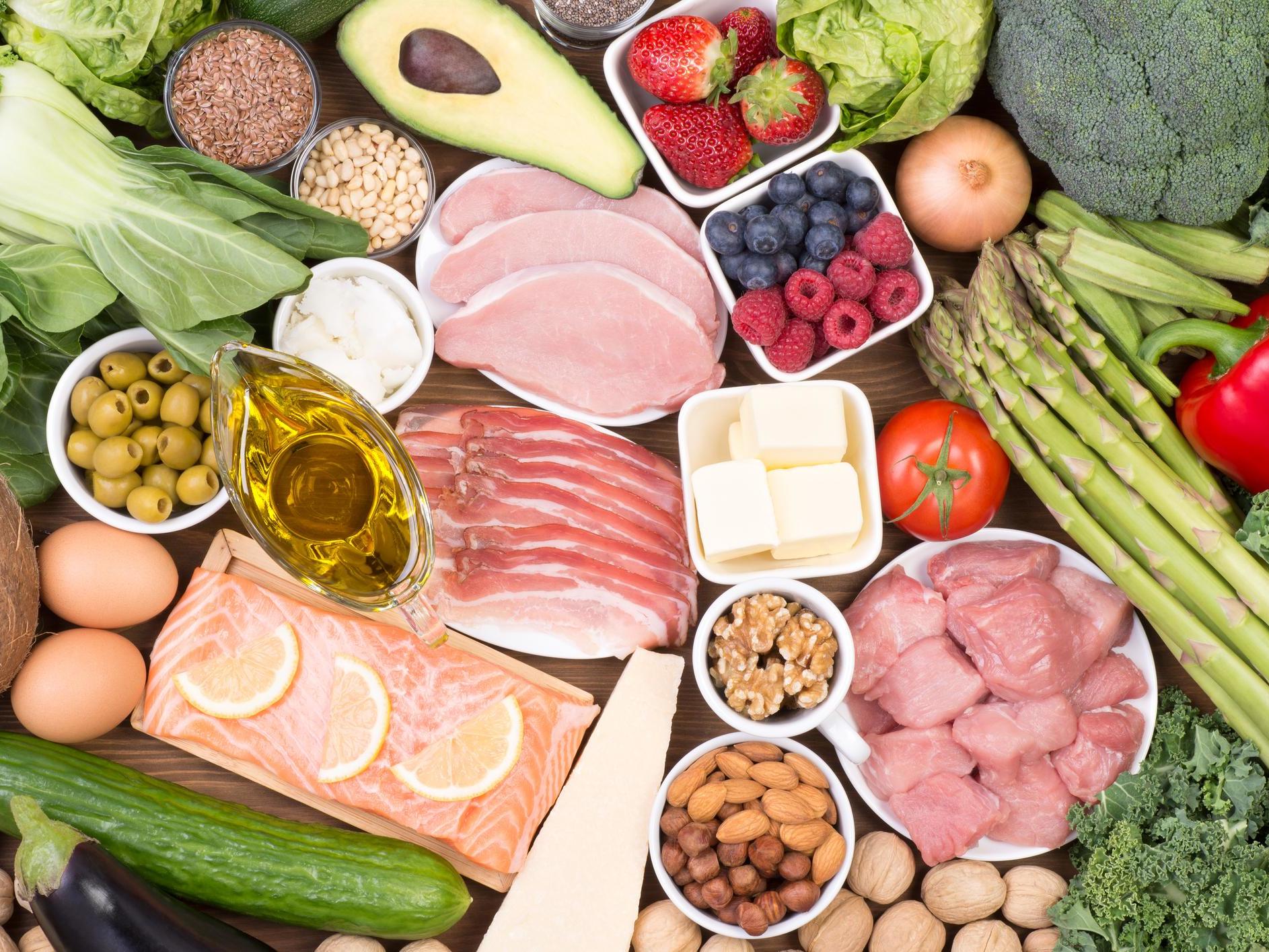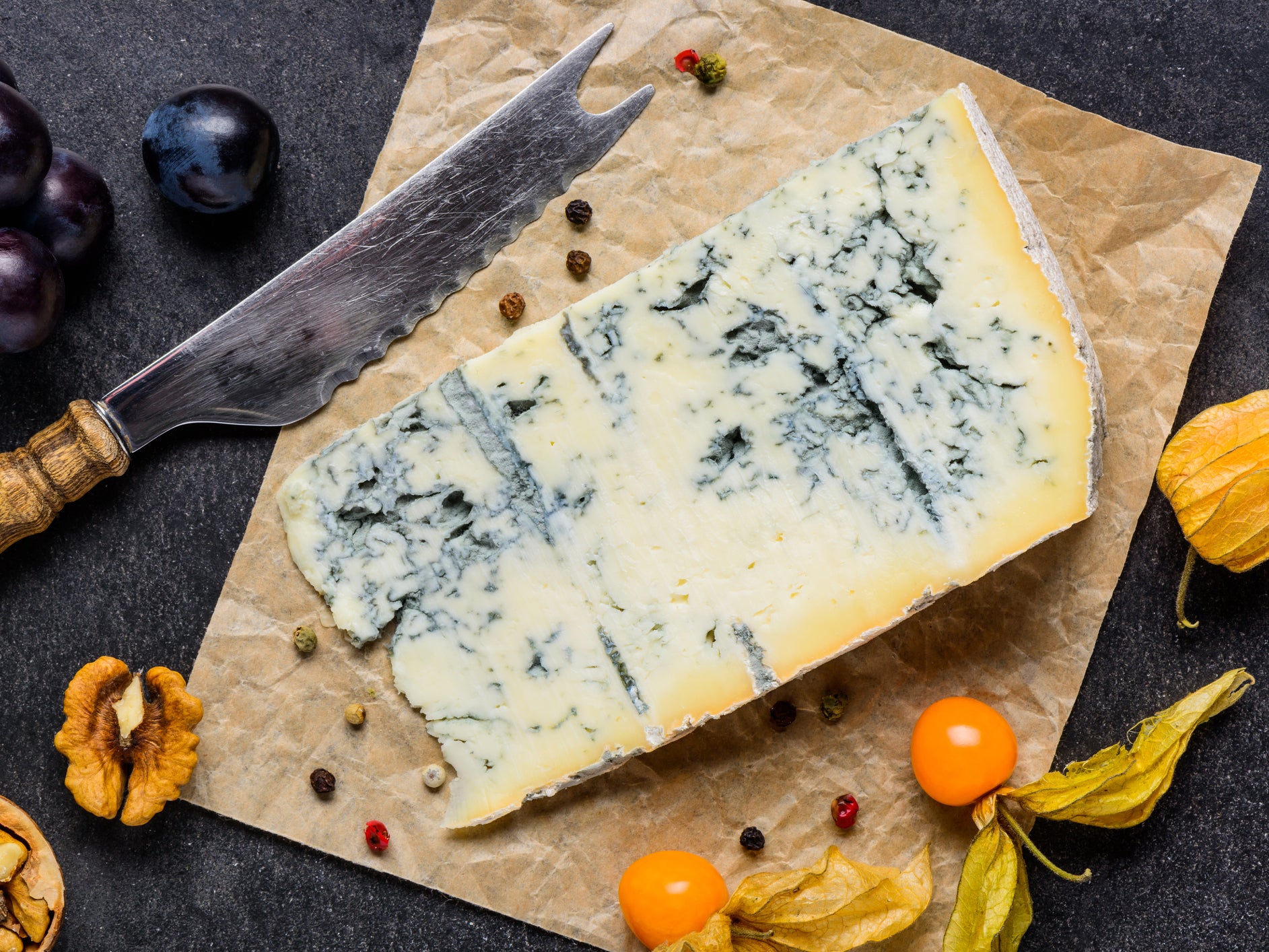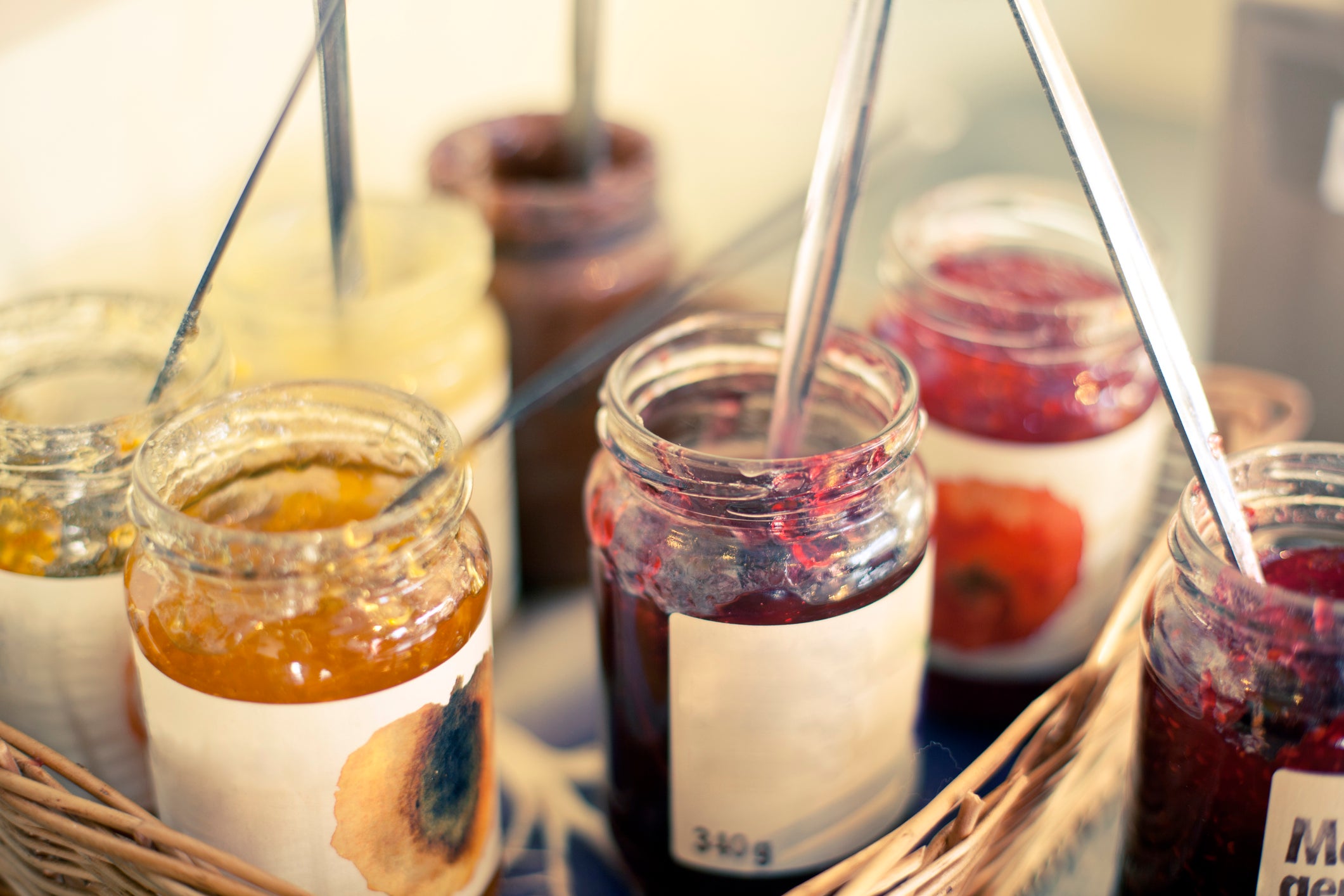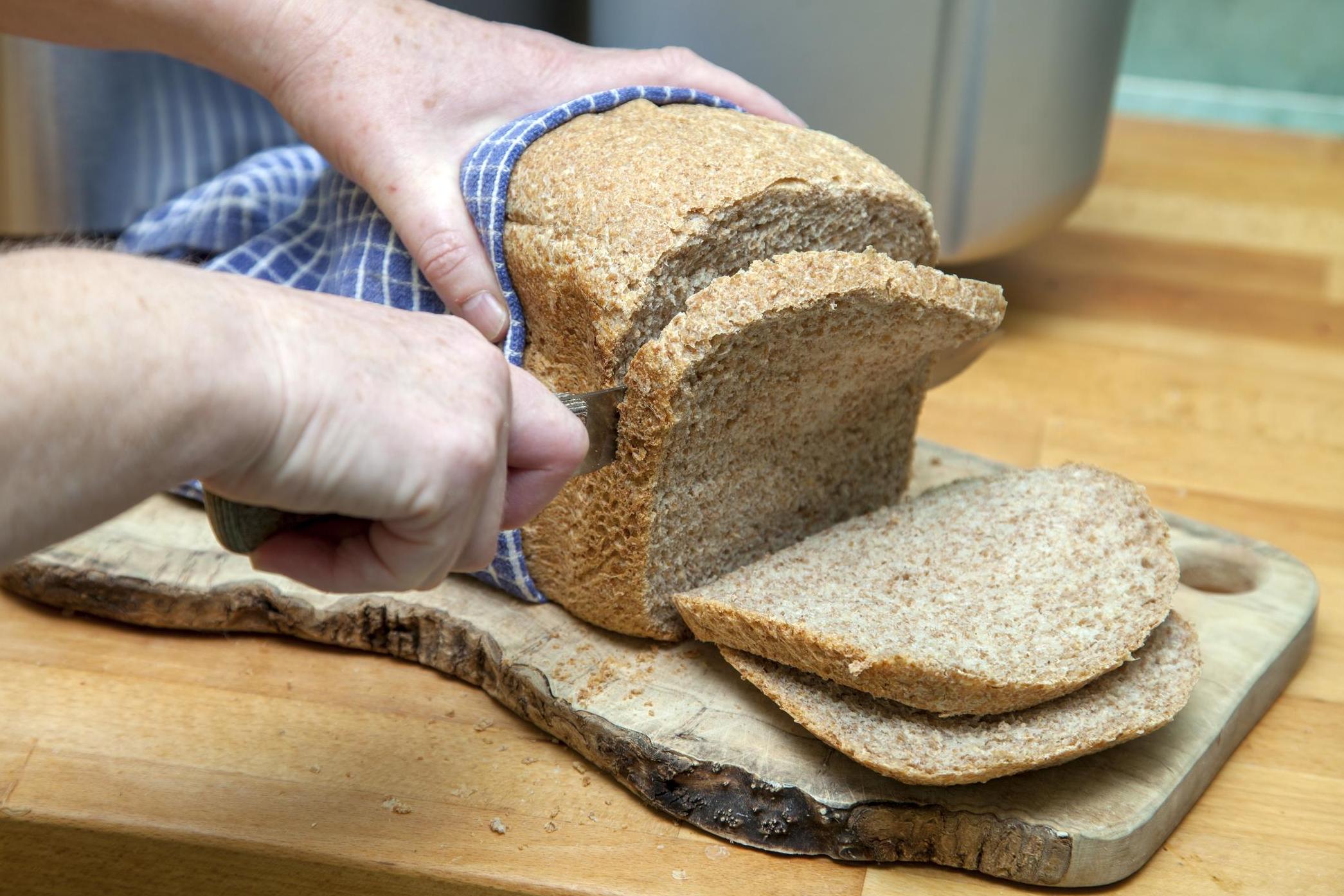What mouldy foods are safe to eat?
Theresa May has admitted that she is happy to scrape mould off jam before eating it

Your support helps us to tell the story
From reproductive rights to climate change to Big Tech, The Independent is on the ground when the story is developing. Whether it's investigating the financials of Elon Musk's pro-Trump PAC or producing our latest documentary, 'The A Word', which shines a light on the American women fighting for reproductive rights, we know how important it is to parse out the facts from the messaging.
At such a critical moment in US history, we need reporters on the ground. Your donation allows us to keep sending journalists to speak to both sides of the story.
The Independent is trusted by Americans across the entire political spectrum. And unlike many other quality news outlets, we choose not to lock Americans out of our reporting and analysis with paywalls. We believe quality journalism should be available to everyone, paid for by those who can afford it.
Your support makes all the difference.During a recent cabinet discussion about food waste, prime minister Theresa May admitted that she doesn't dispose of jam when it's grown mould, rather scrapes the mould off and consumes the jam underneath.
The conversation over May's culinary habits has sparked a nationwide debate, prompting some to commend the prime minister for making a conscious effort to reduce waste.
Others have expressed their disgust over the idea of eating food that's previously gone mouldy.
"Theresa May scraping the mould off jam is the most painfully accurate Brexit metaphor we could get six weeks before leave day," one person tweeted.
It also provoked a discussion about which foods are and aren't safe to eat if they've grown mould.
For example, foods that have a high water content, such as cooked pasta and soft fruits, are not safe to eat if they've grown mould, as the mould can easily contaminate the food items below the surface.
The Food Standards Authority (FSA) offers advice on when foods are and are not safe to eat if they've grown mould.
"We advise not to eat food that is obviously rotten or containing mould due to potential risks from the mould," they state. This advice is especially important for people in vulnerable groups, which includes children, the elderly, pregnant women and those who have a weakened immune system.
"While it is possible that removing the mould and a significant amount of the surrounding product could remove any unseen toxins that are present, there is no guarantee that doing so would remove them all."
Here's a list of foods that are safe and unsafe to eat when they've grown mould:
Foods you can eat:
Hard salami and dry-cured hams
According to the United States Department of Agriculture (USDA), it is perfectly normal for foods stored at room temperature such as hard salami and dry-cured country hams to sometimes have mould on the surface.
As such, it's safe to scrape the mould from the surface and consume the meat underneath.
Hard cheese
When hard cheeses such as parmesan and Grana Padano grow mould, it's unlikely that it would penetrate deep underneath the surface of the cheese, the USDA explains.
When consuming a hard cheese that has mould on it, you should cut off at least one inch around the mould, making sure that the knife you're using doesn't come into contact with the mould.
Once the mould has been removed, you should then cover the cheese in a new plastic wrapping when storing it.
According to the American Cheese Society, the recommended temperature for storing cheese is between 1C and 7C, ideally at the bottom of a vegetable or fruit drawer in the fridge.
Cheese that's made with mould

Certain cheeses, such as Gorgonzola, Stilton and Roquefort, are made using mould.
If a cheese contains a mould that was included in the manufacturing process, then it's safe to eat.
Firm fruits and vegetables
While it isn't advisable to eat soft fruits and vegetables that have grown mould, it can be ok when consuming firm produce such as carrots, bell peppers and cabbage.
"If the food is hard like pumpkin and has a low water content, then you can safely cut the mould off, providing you cut at least one centimetre off around where the mould is," outlines New Zealand environmental organisation Love Food Hate Waste.
When fruits and vegetables that are firm have a low water content, this hinders the mould from penetrating too deeply below the surface.
The FSA advises avoiding any fruits and vegetables that are obviously rotten/mouldy due to risks from the mould, as toxins may penetrate below the surface.
"However, if fruit/vegetables are a bit overripe (for example wrinkly apples and carrots, brown bananas, slightly mushy strawberries) it is fine to use them in cooking/smoothies/cakes," they add.
Foods you should be wary of
Luncheon and cooked leftover meat
Foods that have a high water content, such as luncheon meats or cooked leftover meat, can be harmful to eat if they've grown mould on them.
"Food with high moisture content can be contaminated below the surface," the USDA states.
"Mouldy foods may also have bacteria growing along with the mould."
Cooked grains or pasta
This same rule applies to cooked grains and pasta, which have a high water content.
Soft cheese
While some cheeses are safe to eat when they've grown mould, such as hard cheeses or cheeses manufactured with mould, the same doesn't go for all cheeses.
When mould appears on soft cheeses such as Brie and Camembert that weren't included in the manufacturing process, then it's recommended to discard the cheeses immediately.
Jam

Prime minister Theresa May's recent admission that she removes mould from jam before eating it sparked a huge online debate about the practice.
The USDA advises throwing away jam if it's grown mould, as the mould could produce a mycotoxin, which is a toxic substance produced by fungus that would be detrimental to consume.
"Microbiologists recommend against scooping out the mould and using the remaining condiment," the USDA states.
However, official advice on the health concerns surrounding the practice varies.
In 2014, mould expert Dr Patrick Hickey informed the BBC that it is safe to scrape mould off jam before eating the condiment underneath.
Yogurt
As a food item with a high water content, it isn't advisable to eat yogurt on which mould has started growing.
Soft fruits and vegetables
While mould can be safely removed from firm fruits and vegetables, this same tactic doesn't apply to soft fruits and vegetables such as peaches, tomatoes and cucumbers due to the high water content of the foods.
Bread

Leavened bread, containing raising agents such as yeast, contains air pockets that are formed following the fermentation process.
Due to the porous nature of bread, mould can easily spread and contaminate below its surface.
"Bread should be safe to consume past its ‘Best Before’ date but consumers should not eat bread that is mouldy, or remove mould and consume the rest," advises the FSA.
"While consumers may not wish to consume stale bread, it can be used safely in some recipes."
Nuts
While many people may eat nuts on a daily basis due to the health benefits of the nutritious snack, it's important to be wary not to do so if they've grown mould.
"Foods processed without preservatives are at high risk for mould," the USDA explains.
Nuts and seeds that have been roasted or salted are more likely to contain preservatives and therefore have a lower risk of developing mould.
Join our commenting forum
Join thought-provoking conversations, follow other Independent readers and see their replies
Comments